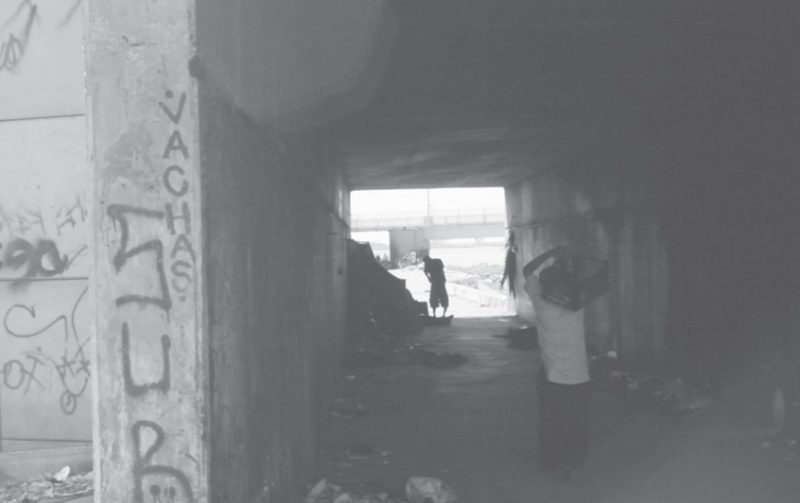On August 19, 1773, roughly three years before America declared its independence from Britain, a Franciscan friar named Francisco Palou erected a cross on a rock near Tijuana, Mexico, to mark the division of power between the Reverend Franciscan Fathers of Alta California and their rivals to the south, the Dominicans of Baja California. Despite this division, both Californias remained the property of the King of Spain and then, in 1821, of the newly independent state of Mexico. Throughout this time, Tijuana remained a bubble district, the southern edge of an economically integrated urban area that was centered in the larger settlements to its north. In 1848, during the Mexican-American War, the United States conquered territory southward across California. The unassuming cross came to mark the site of an international border, and Tijuana was politically severed from the Spanish-speaking settlements to its north.
The Mexican central government did little in the following years to draw Tijuana in; in the era of postwar instability, Tijuana’s proximity to the United States likely made it look less like a reliable Mexican outpost and more like territory waiting to be overrun by American forces. Isolated from the rest of the country, Tijuana embarked on an economic renaissance built on alcohol, gambling, sex, and drugs. “There are more saloons in Tijuana than buildings,” wrote a correspondent for the Nation, in 1889. Even the Mexican Revolution, a bloody, decade-long civil war that began in 1910, was cannily marketed by the city’s socialist revolutionaries. American tourists were actually encouraged to come down to Tijuana to experience the war up close. Of course, soldiers charged twenty-five cents apiece to spectators wishing to view impending battles. And that was ten years before Prohibition would drive an influx of American investment in the numerous forms of illicit entertainment Tijuana had to offer. Tijuana’s mixture of danger and convenience became increasingly desirable, especially as America’s temperance movement gained steam. “Everything goes at Tia Juana,” wrote the American Board of Temperance, Prohibition, and Public Morals of the Methodist Church in 1920. “There are scores of gambling devices, long drinking bars, dance halls, hop joints, cribs for prostitutes, cock fights, dog fights, bullfights… The town is a mecca of prostitutes, booze sellers, gamblers and other American vermin.”
Tijuana has continued to be marked by its economic reliance on the United States and its remoteness from the rest of Mexico. Some of the city’s rougher areas abut the border fence, separated from the States by a terminally congested highway notorious in the area for fatal traffic accidents involving drug addicts fleeing police brutality. One such area, the Zona Norte, is the site of Tijuana’s quasi-legal red-light district, hosting the majority of the...
You have reached your article limit
Sign up for a digital subscription and continue reading all new issues, plus our entire archives, for just $1.50/month.
Already a subscriber? Sign in





